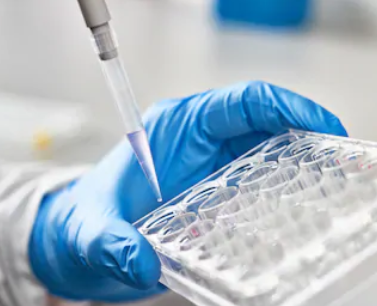Oncosis is another way of cell death that is different from apoptosis. Many mechanisms are involved in the occurrence of oncosis. Creative Bioarray can provide accurate and convenient oncosis testing to help your research.

Oncosis is the induction of necrosis by a nonphysiological event resulting in cell swelling as opposed to apoptosis, where there is cell shrinkage.
In 1910, von Reckling-hausen found swelling and necrosis of bone cells due to ischemia in osteomalacia. He called this swelling and necrosis oncosis. In 1995, Majno and Joris reintroduced the concept of Oncosis to distinguish it from apoptosis, and named the cell death with obvious swelling as oncosis.
Our services include but are not limited to:
Oncosis cells appear to be swollen, enlarged in size, and vacuolated in the cytoplasm. The swelling affects intracellular structures such as the nucleus, endoplasmic reticulum, and mitochondria. In addition, the cell membrane blisters and the integrity of the cell membrane is destroyed. There is obvious inflammation around the swollen cells.
Creative Bioarray uses flow cytometry to detect oncosis. First, we use Annexin V FITC and DAPI staining to exclude apoptotic cells and necrotic cells, and then use DiIC1(5) and DiBAC4(5) to detect mitochondrial membrane potential and plasma membrane potential.
By observing the changes in cell mitochondrial membrane potential within 25 minutes in real time, it is possible to distinguish the differences between oncosis and apoptosis.
The time depends on the experiment content
If you are interested in our services, please contact us for more detailed information.
Online Inquiry